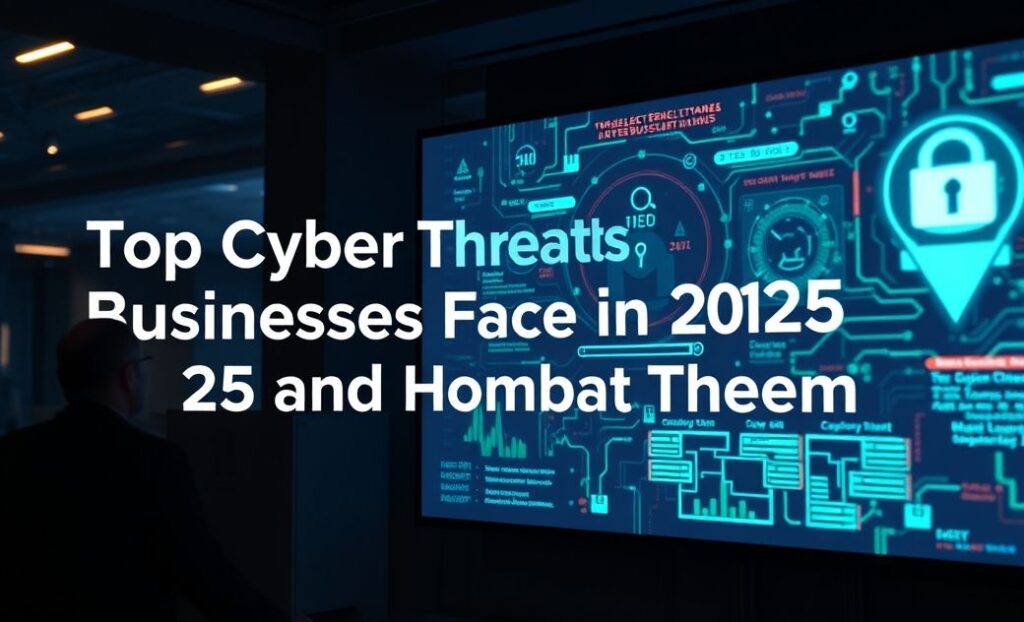The rapidly evolving landscape of cyber threats presents significant challenges for businesses in 2025. As technology advances, so do the tactics of cybercriminals. Understanding these threats and implementing effective strategies is crucial for safeguarding business assets. This article outlines the top cyber threats businesses face in 2025 and offers guidance on how to combat them.
Ransomware Attacks
Ransomware continues to be a prevalent threat, with cybercriminals deploying increasingly sophisticated methods to encrypt business data and demand ransom for its release. This type of attack can paralyze operations, leading to significant financial losses and reputational damage.
Prevention Strategies
Businesses should adopt a multi-layered security approach to counter ransomware. Regularly updating and patching software, conducting employee awareness training, and maintaining up-to-date backups are critical. Additionally, using advanced intrusion detection systems can alert businesses to potential threats before they escalate.
Supply Chain Attacks
In 2025, supply chain attacks have become more frequent, targeting vulnerabilities within third-party vendors to infiltrate larger enterprises. These attacks exploit the interconnectedness of systems, making them a potent threat.
Mitigation Techniques
To mitigate supply chain threats, businesses must perform thorough due diligence on all vendors. Implementing robust vendor management policies and regularly auditing third-party security measures is essential. Moreover, adopting zero-trust principles can reduce the risk of such attacks.
Insider Threats
Insider threats arise when employees, either maliciously or unintentionally, compromise sensitive data. This threat often goes unnoticed as the perpetrators have legitimate access to company systems.
Control Measures
To address insider threats, businesses should implement strict access controls and monitor user activity closely. Regular training can help employees recognize phishing attempts and avoid falling victim to social engineering tactics. Additionally, establishing a culture of security awareness is vital in minimizing risks.
Cloud Security Threats
With the increasing reliance on cloud services, businesses face numerous security challenges in ensuring the safety of their data in the cloud. Misconfigurations, lack of visibility, and shared security responsibilities often leave cloud environments vulnerable.
Enhancement Strategies
Businesses should focus on strong authentication and encryption practices to protect cloud-based data. Partnering with cloud providers that offer advanced security features and conducting regular security audits can help maintain a secure cloud environment.
Artificial Intelligence (AI) and Machine Learning (ML) Threats
AI and ML technologies, while beneficial, pose new cybersecurity risks. Cybercriminals can exploit these technologies to launch automated attacks or manipulate AI-driven systems.
Defensive Approaches
Organizations should invest in AI and ML that enhance their cybersecurity defenses. Incorporating AI-driven threat detection systems can help identify and respond to attacks in real-time. Constant monitoring and updating of AI models are required to adapt to evolving threats.
In conclusion, the cyber threat landscape in 2025 presents complex challenges that businesses must address proactively. By understanding these threats and implementing comprehensive security measures, organizations can protect their assets and ensure operational resilience.
